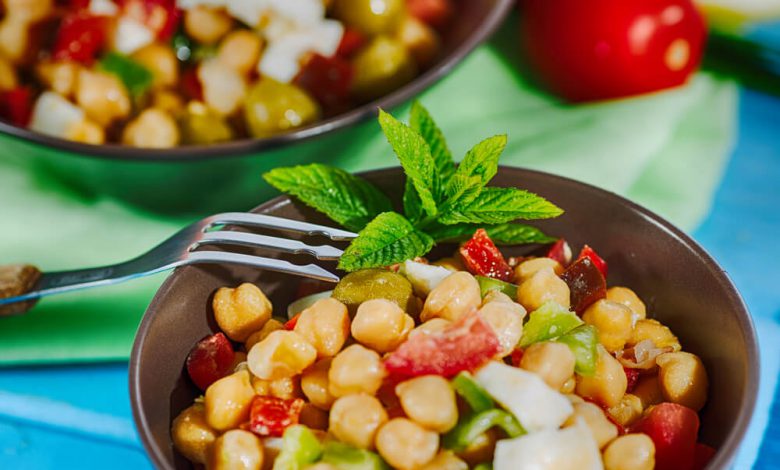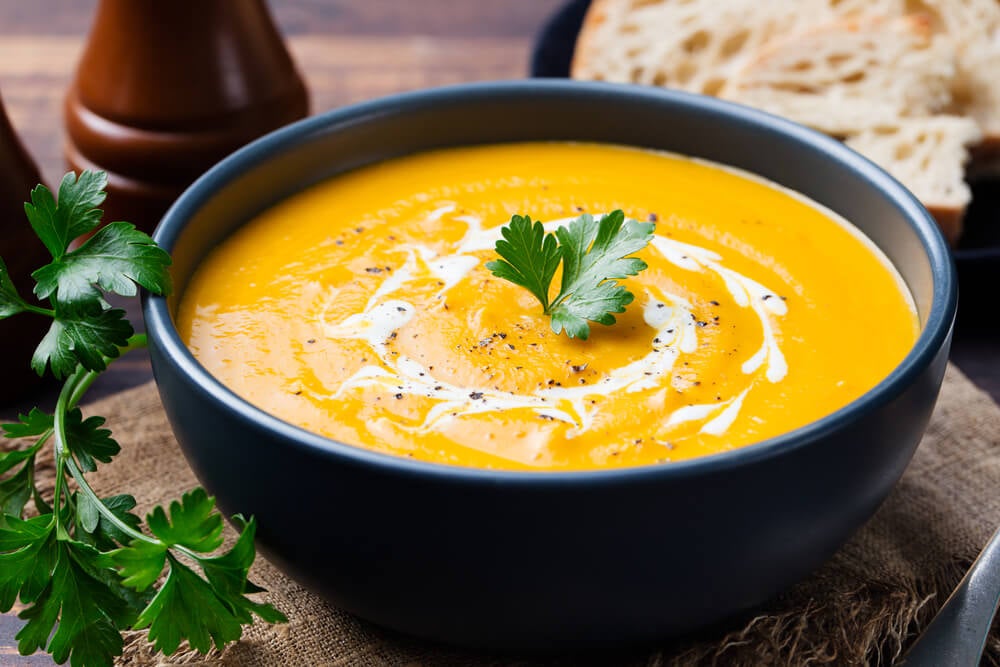Ideas For Eating Legumes Every Day Of The Week

Eating legumes should be a common practice, since they are a very important food in our nutritional pyramid, thanks to their protein, carbohydrate, fat and fiber content.
Although many people do not like their taste or find it difficult to digest them, they are a great option to include in our weekly menus if we want to follow a balanced diet.
Discover in this article why it is so beneficial to eat legumes, and 7 different ways to cook them.
Why should we eat legumes?
Legumes are an excellent food for our health for different reasons:
- They are one of the best sources of vegetable protein.
- They contain a large amount of fiber.
- They are a very satisfying food.
- They contain complex carbohydrates, making them an ideal source of energy.
- They contain vitamins (especially group B) and minerals such as potassium, magnesium, zinc or iron.
If we have problems digesting them, we can cook them with a little kombu seaweed, cumin or fennel, or accompany them with a digestive infusion (mint, fennel, anise, ginger, cinnamon, etc.). It is also recommended to discard the water from the first boil to improve its digestibility.
Do not forget that they should be soaked for a minimum of 8 hours.
In addition, they are a very inexpensive food that we can consume in many different ways, some surprising.
An idea for each day of the week
1. Cold salads

Cold legume salads are refreshing, nutritious, and delicious. We can combine them with lettuce, tomato, carrot, olives, etc., and dress them with our favorite sauce.
In this way we can eat legumes even on the hottest days.
These salads are very balanced, as they contain the nutrients we need and combine raw and cooked foods.
2. Stews and soups
The most traditional way of eating legumes is in stews and soups. However, they do not always have to be the main food of these recipes.
We can also add them in small quantities whenever we are going to cook one of these dishes with another main ingredient. In this way we will enrich the stews and give them more flavor.
3. Creams and purees

For those who find it harder to digest legumes, because they cause heartburn or flatulence, we recommend opting for creams and purees. Once we have cooked the legumes along with some vegetables, we will grind everything.
Adding a little kombu seaweed to cooking helps digestion. The good thing is that its flavor is not noticeable, since it is crushed with the rest of the ingredients.
It is a very good idea to try combinations with other foods such as sweet potato, fennel, carrot, pumpkin, oatmeal or spinach.
4. Salty pancakes
Chickpea flour is made by grinding this legume. The result is a perfect flour for multiple recipes. Not only does it allow us to substitute wheat flour, but it is much more nutritious, complete and healthy.
In addition, it also works as a substitute for eggs, since the same texture is obtained when mixed with water.
With this flour you can make all kinds of doughs such as pancakes, crepes , pizzas or fajitas. It is enough to cook them on the grill and then fill them or put the ingredients we want on top.
5. Biscuits

Although it seems impossible, with cooked vegetables we can make cakes. We will use them as flour, crushing them well so that there are no pieces.
The result is much more nutritious but also healthier sweets, with more vitamins, minerals, protein and fiber.
To camouflage the flavor of the legumes a little more, you can add cocoa, chocolate, vanilla essence, citrus zest …
6. Appetizer creams
Cold vegetable creams are an ideal snack for any time. Among all of them, hummus stands out, a chickpea cream combined with tahini (sesame paste) and some condiments, typical of Arab cuisine.
We can try this cream with different legumes and even give it a touch of original color with natural coloring ingredients such as spirulina (green), turmeric (yellow) or beet (pink).
7. Sprouts

Finally, we can also germinate the legumes so that the sprout of the plant emerges.
At that time, sprouted sprouts are very nutrient-dense foods, and we can use them as a garnish or in salads.









